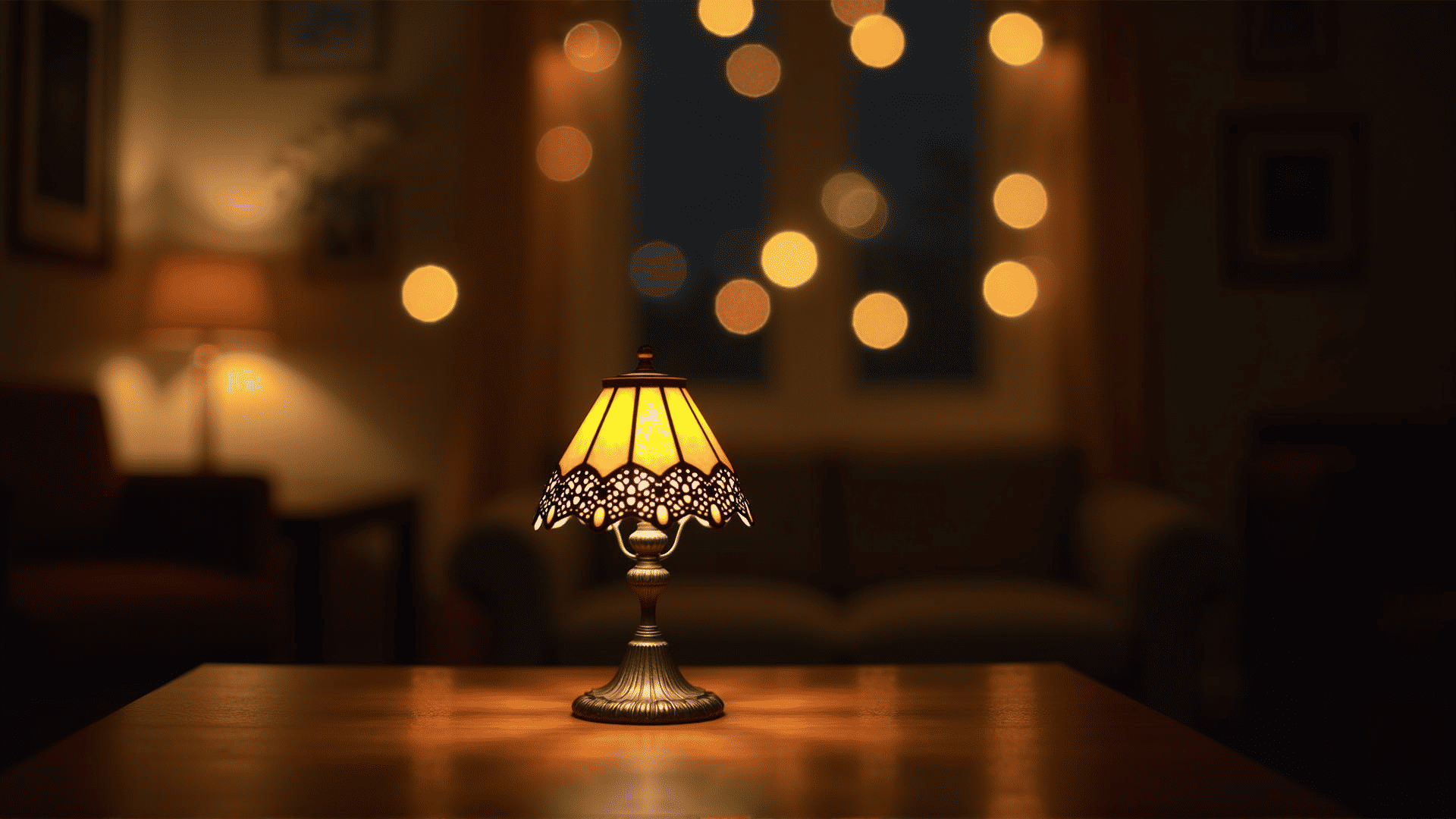Capturing moments through photography offers endless opportunities to express creativity, and one of the most mesmerizing techniques is the art of bokeh. This technique plays an essential role in transforming ordinary photographs into striking pieces that emphasize the primary subject while artistically blurring the background. Understanding and mastering bokeh allows photographers to add depth and dimension to their work, which can be especially impactful in portrait photography.
Understanding Bokeh
The term "bokeh" is derived from the Japanese word "boke," which means "blur" or "haze." In photography, it refers to the aesthetic quality of the out-of-focus areas of an image. Good bokeh enhances the subject and direct attention to it by using beautiful background blur. Characteristics of high-quality bokeh include smoothness, roundness of out-of-focus points of light, and a pleasing transition between in-focus and out-of-focus areas.
Essential Tools and Techniques
Lens Selection
A large-aperture prime lens is often preferred for achieving a strong bokeh effect. Lenses with apertures of f/1.2, f/1.4, or f/1.8 allow more light to enter and create a shallow depth of field, which is crucial for prominent bokeh. While prime lenses are ideal, some zoom lenses with wide aperture ranges can also produce satisfactory bokeh.
Aperture Settings
The aperture setting directly influences bokeh. Wider apertures (lower f-stop numbers) create shallower depths of field, effectively isolating the subject from its background. When aiming for prominent bokeh, adjust your aperture to the lowest number that your lens allows.
Distance and Framing
Maximize the distance between your subject and the background. The greater the separation, the more pronounced the bokeh will be. Additionally, the distance between you and your subject should be minimized to enhance the depth of field. Use these elements to your advantage when composing your shot.
Focusing
Achieving precise focus on your subject is vital. A small focus point on your camera can help lock in on your subject effectively. This focus precision ensures that the subject remains crisp and sharp, contrasting beautifully against the softer background.
Tips for Perfecting Bokeh
-
Experiment with Light Sources: Background light sources can contribute to attractive bokeh effects. Fairy lights or streetlamps, for example, transform into captivating orbs. Incorporate them thoughtfully to add visual interest.
-
Consider Background Elements: Pay attention to what’s in the background. Busy or distracting backgrounds can detract from the bokeh effect. Opt for simpler, less chaotic backgrounds or ones with consistent elements that can transform into pleasing patterns.
-
Practice with Different Subjects: While portraits are popular for bokeh, try experimenting with different subjects, like flowers or products, to see how bokeh enhances other styles.
-
Post-Processing Enhancements: While the goal is to achieve perfect bokeh in-camera, post-processing tools can subtly enhance bokeh. Use editing tools to adjust highlights and shadows, sharpening the distinction between subject and background light.
Conclusion
Mastering bokeh is not only about technical mastery but also about artistic intuition. Understanding how to manipulate focus, light, and distance allows photographers to creatively control the narrative within their images. By experimenting with different lenses and settings, and paying close attention to composition and lighting, photographers can develop a signature style that leverages bokeh's alluring qualities. Through practice and experimentation, bokeh transforms from a mere technical term into a powerful storytelling tool.
